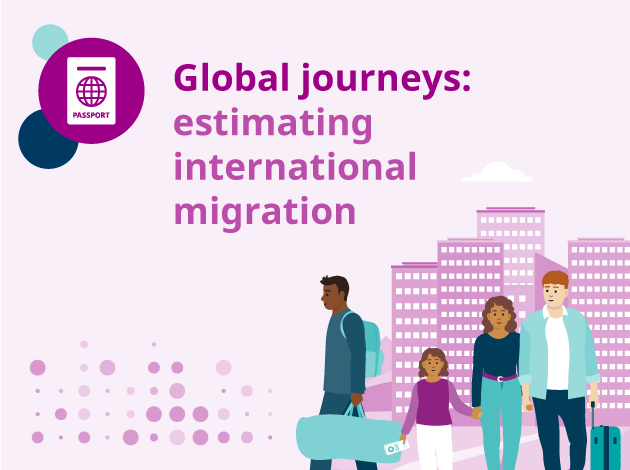Global journeys: estimating international migration

Migration is one of the most talked about issues in the UK today—and at the ONS, our job is to measure it. In our next Bringing Data to Life webinar, taking place on Tuesday 22 July from 4pm to 5pm, we’ll take you behind the numbers to show exactly how we estimate international migration, what the latest data are telling us, and why the figures sometimes change.
Read more on Global journeys: estimating international migration


